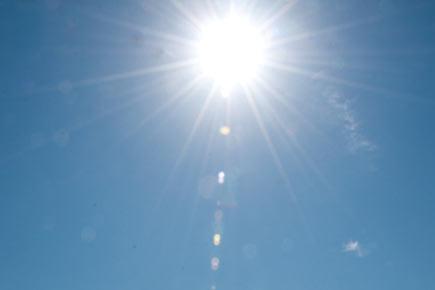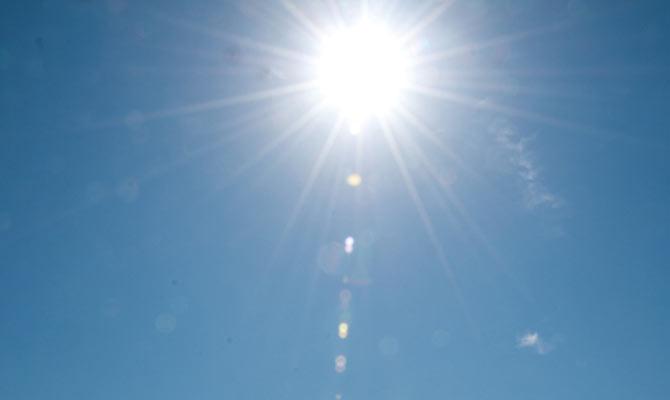A planetary nebula marks the end of 90 per cent of all stars active lives and traces the star's transition from a red giant to a degenerate white dwarf


Representational picture
London: While scientists agree that the Sun will die in approximately 10 billion years, they were not sure what would happen next, until now. A new study now says that it will turn into a massive ring of bright, interstellar gas and dust, known as a planetary nebula.
"This is a nice result... We even have found out what the Sun will do when it dies!" said one of the researchers Albert Zijlstra, Professor at the University of Manchester in Britain.
A planetary nebula marks the end of 90 per cent of all stars active lives and traces the star's transition from a red giant to a degenerate white dwarf.
But, for years, scientists were not sure if the Sun in our galaxy would follow the same fate as it was thought to have too low a mass to create a visible planetary nebula.
To find out, the team developed a new stellar, data-model that predicts the lifecycle of stars.
The model, detailed in the journal Nature Astronomy, was used to predict the brightness (or luminosity) of the ejected envelope, for stars of different masses and ages.
"When a star dies it ejects a mass of gas and dust - known as its envelope - into space. The envelope can be as much as half the star's mass. This reveals the star's core, which by this point in the star's life is running out of fuel, eventually turning off before finally dying," Zijslra explained.
The new models show that after the ejection of the envelope, the stars heat up three times faster than found in older models.
This makes it much easier for a low mass star, such as the Sun, to form a bright planetary nebula. The team found that in the new models, the Sun is almost exactly the lowest mass star that still produces a visible, though faint, planetary nebula.
"It is only then the hot core makes the ejected envelope shine brightly for around 10,000 years - a brief period in astronomy. This is what makes the planetary nebula visible," Zijslra said.
"Some are so bright that they can be seen from extremely large distances measuring tens of millions of light years, where the star itself would have been much too faint to see," Zijslra added.
Catch up on all the latest Crime, National, International and Hatke news here. Also download the new mid-day Android and iOS apps to get latest updates
This story has been sourced from a third party syndicated feed, agencies. Mid-day accepts no responsibility or liability for its dependability, trustworthiness, reliability and data of the text. Mid-day management/mid-day.com reserves the sole right to alter, delete or remove (without notice) the content in its absolute discretion for any reason whatsoever
 Subscribe today by clicking the link and stay updated with the latest news!" Click here!
Subscribe today by clicking the link and stay updated with the latest news!" Click here!









